Best Pressing Shootout: Charles Mingus, The Clown — 1961 Atlantic US vs. 1972 Warner-Pioneer Japan
Unlike most audio snobs, I strongly dislike mono pressings. There is a clear reason for this: I listen to most of my music on headphones, and mono sounds bad on headphones — all squashed into the centre of your head. Whereas speaker-lovers claim mono recordings offer “depth” rather than “width,” I find that mono just produces an annoying blob in the centre, depthless, width-less.
But, hey, I’ve got some very nice mono records kicking around, so why not at least compare them to one another? Mingus’s The Clown — a very uneven record, with incredible highs like “Haitian Fight Song” and incredible lows like the tedious spoken-word title track — was recorded in mono, so that’s the only way to experience it. I’ve got a US first pressing and a 1970s Japanese pressing. Let’s see who wins…
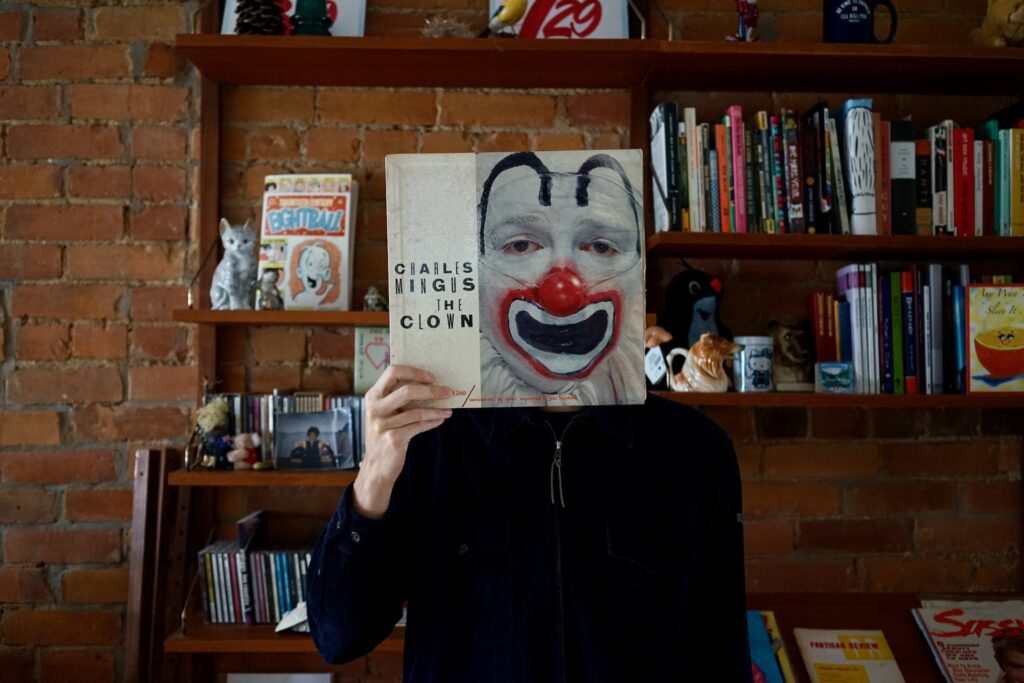
The pressings
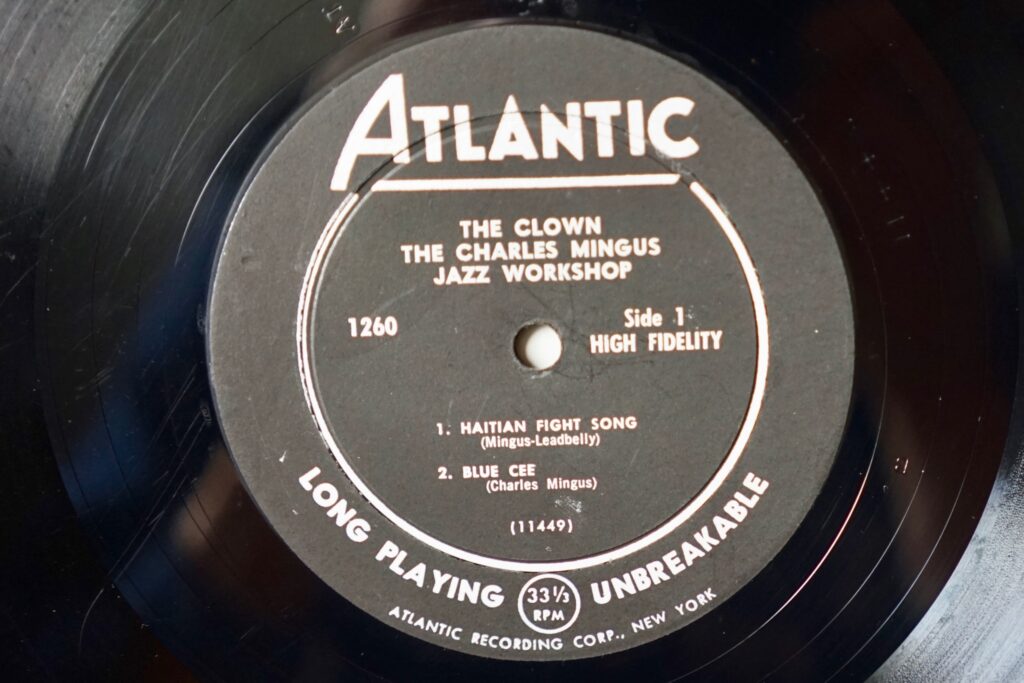
This is the original Atlantic US mono pressing from 1961, on loan from my friend Jared. I gotta say, I like the later 60s labels a lot more…
One strange and interesting thing about this pressing: the zigzag locked groove at the ends of sides.
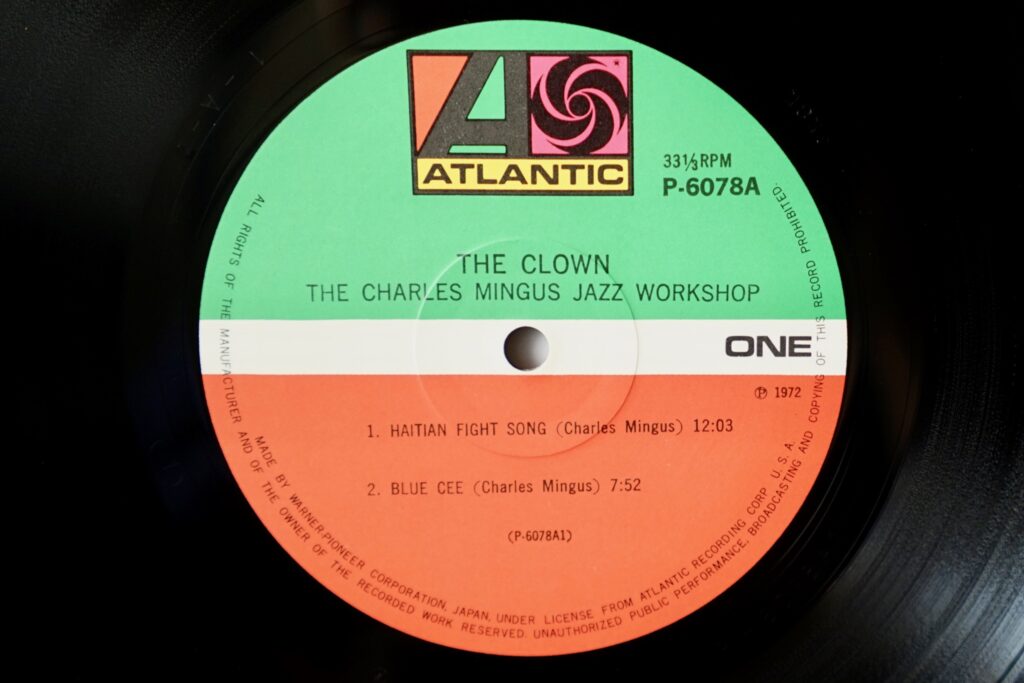
And my Japanese pressing from 1972. (The 70s Atlantic logo is okay — but my faves are the blue and green ones from the early 60s.) I got this one for next to nothing from my Secret Japanese Record Source. This one was pressed by Warner-Pioneer under license from Atlantic. Like most 1970s Japanese pressings, it’s pressed on disturbingly black and shiny vinyl.
Verdict
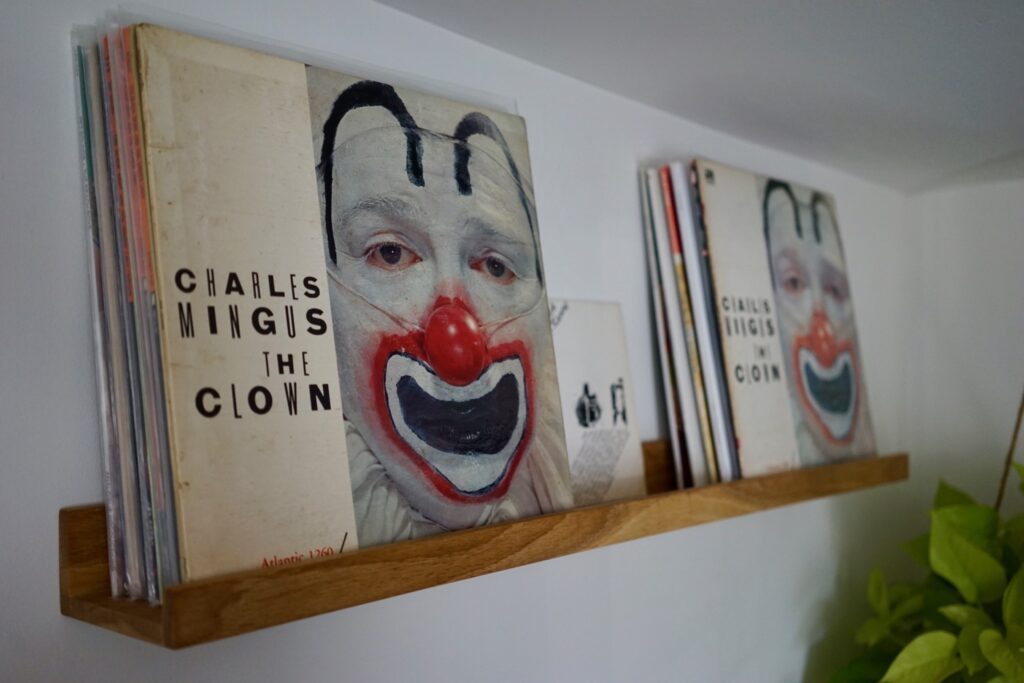
In keeping with this website’s continued preference for 1970s Japanese reissues over original US pressings — a weird inclination, but one that will save this website many thousands of dollars! — I strongly preferred the Japanese pressing here. It wasn’t even close: the Atlantic was muffled, distant, and dull; the Warner-Pioneer was still not particularly thrilling to my ears, but was much more dynamic than the Atlantic, and indeed quite a bit better than the version on Tidal. See the notes below for all the gory details…
Listening notes
Current setup: LP12 (Hercules II PSU, Cirkus bearing, SSP12, Kore subchassis, Ekos 2 tonearm w/ stock cable, Dynavector XX-2 MkII cartridge), Dynavector P75 MkI, Linn Silver RCA, Schiit Mjolnir w/ Telefunken E88CC, Hifiman HE1000v2 w/ stock balanced cable. (See here for my digital setup.)
Side 1
1961 US. Some surface noise. Whether it’s because it’s mono or it’s how it was recorded or whatever, this definitely does not sound very good. Sounds distant and soft and fuzzy. Not a single audio thrill on the side. The only thrill I got was watching my needle wobble back and forth in the swervy fixed loop groove.
Side 2
1972 Japan. Rather than listen to that side again, I’ll try out Side 2 on the Japanese pressing. Totally silent vinyl. This clearly sounds much better: much more dynamic. Still not especially great, given the mono-on-headphones setup, but I can hear the instruments much more clearly, and there’s a bit of thrill here — some string buzz on Mingus’s bass, a musician inhaling… As much as I love Mingus, I find the narration on the song “The Clown” pretty tedious. But I listened all the way through, for you, dear reader, and for science. It sounded pretty good but not amazing, as above.
“Haitian Fight Song”
Digital. Just getting a sense of how this sounds on CD (still mono). I do think it sounds better than the 1961: I have a sense of the roundness of the solo bass, and when the brass kicks in there is some real heft. But, again, nothing spectacular sonically.
S-2-s 1972 Japan. A bit more life, space than on digital (if that makes sense for a mono record — like the cymbals have a bit of depth and width, a little halo), detail on the intro bass on vinyl. Cymbals have a bit more resolution and splash. When things get loud and screamy, the vinyl is brighter, fuller, livelier, more dynamic, better. About 10-15% advantage.
S-2-s 1961 US. Vinyl and digital sound very similar here, though there’s a veil of surface noise over everything on vinyl. A little less definition on vinyl, especially on the cymbals. When things get wilder, the flatness of the vinyl shows through. Vinyl 10-15% worse. Could be surface wear — hard to tell. But the Japanese pressing — my Japanese pressing, anyway — clearly wins.
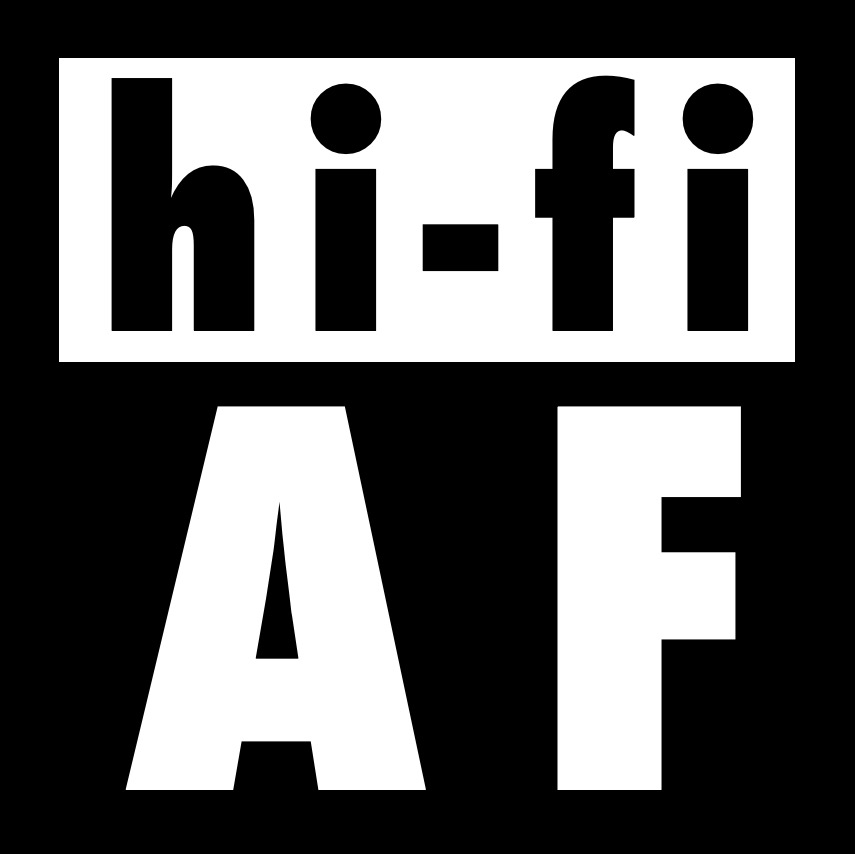
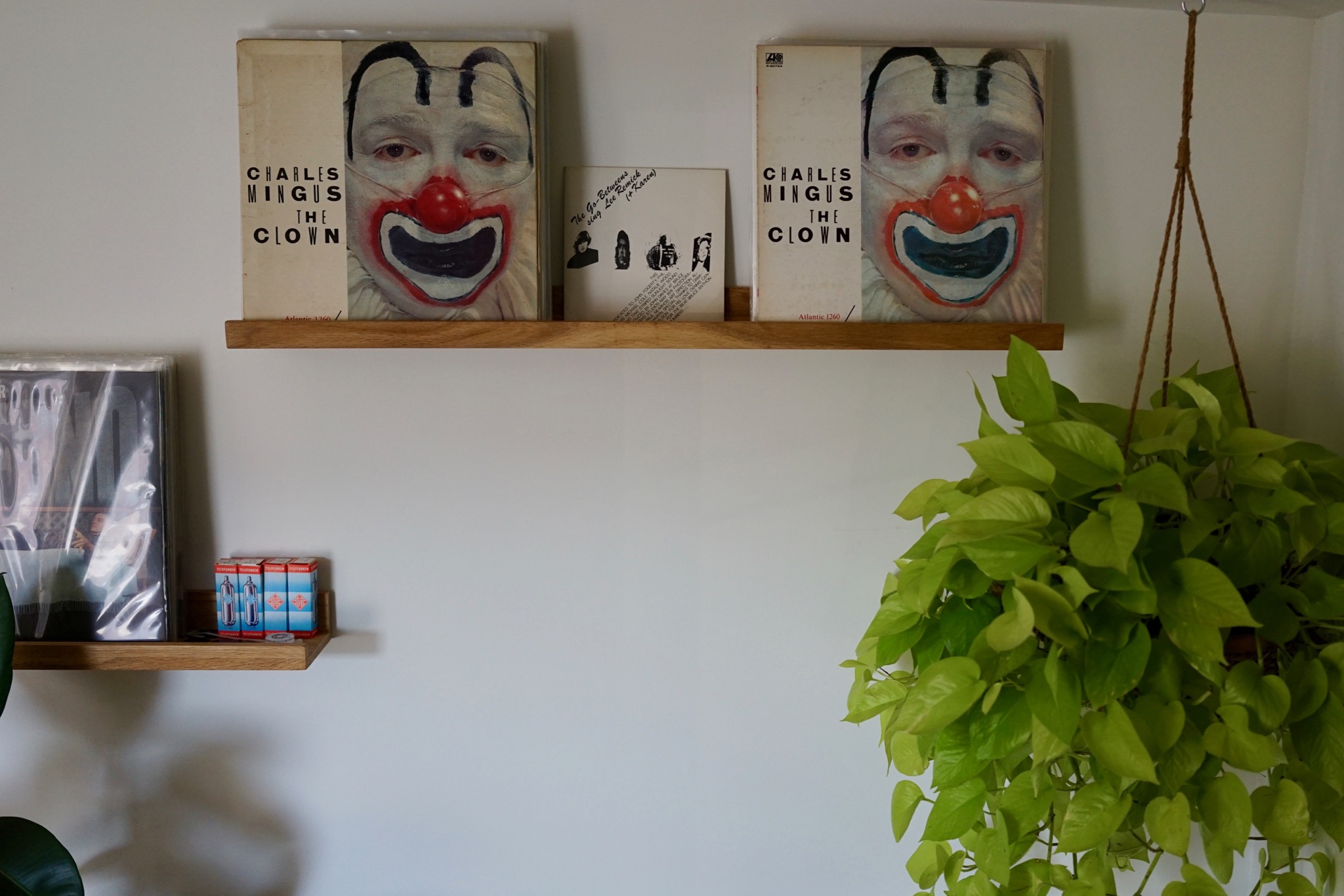
2 Comments
Join the discussion and tell us your opinion.
Interesting article. I’m shopping stout d for a copy of The Clown. I’m trying to decide between buying a mono Japanese pressing from 76 and a stereo French pressing from 72. What’s your opinion?
I don’t have any experience of the French pressing, but the Japanese mono is likely excellent (I haven’t tried the ’76 — the ’72 is really good, though, and not terribly expensive). I don’t think there was an original stereo recording of The Clown, so probably best to stick with a mono pressing.